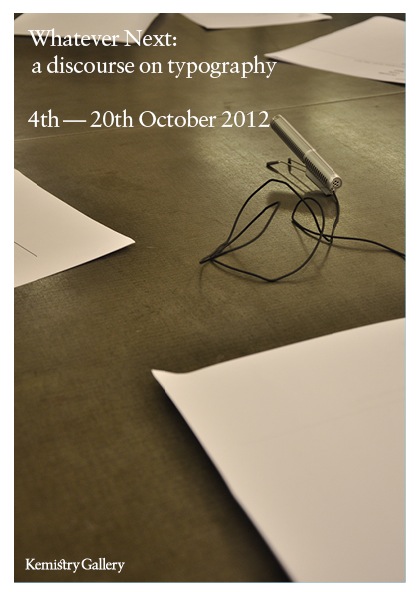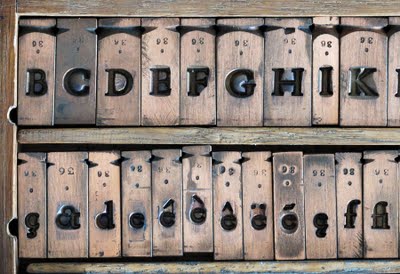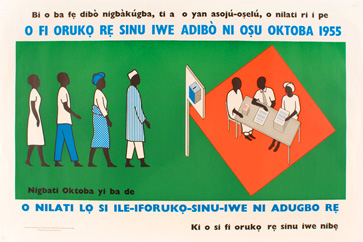Sue Walker joins Design Issues as Associate Editor, Archives to develop visual essays that derive from high quality collections and archives of design-related materials worldwide.
Design Issues, the first American academic journal to examine design history, theory, and criticism, provokes enquiry into the cultural and intellectual issues surrounding design. It is one of the world’s foremost research journals and a flagship product of MIT Press.
Call for contributions
We are looking for visual essays that explain an important and interesting ‘design issue’, from any period, through images from a collection or archive. This might be
- a set of related images that explains something, or tells a story, of cultural or social importance
- a set of seemingly unrelated images that, when accompanied by verbal explanation, become linked together to tell something new
- a series of single images that each represent a significant cultural or social issue
Each essay will be six black-and-white pages designed by MA Book Design students at the University of Reading, under the supervision of the Programme Director, Ruth Blacksell. The published material will have to be accompanied by copyright clearance on all the visual material.
Send proposals, or ideas for discussion, to:
Prof Sue Walker
Department of Typography & Graphic Communication
University of Reading
Whiteknights
Reading RG6 2AU
Email: s.f.walker@reading.ac.uk






